Big cats like tigers, lions, and cheetahs are some of the most iconic and majestic animals on Earth. Yet, many of these species face an uncertain future due to habitat loss, poaching, and human-wildlife conflict. Rescue programs across the globe are stepping in to provide critical support, ensuring these incredible predators don’t vanish forever.
The Challenges Facing Big Cats
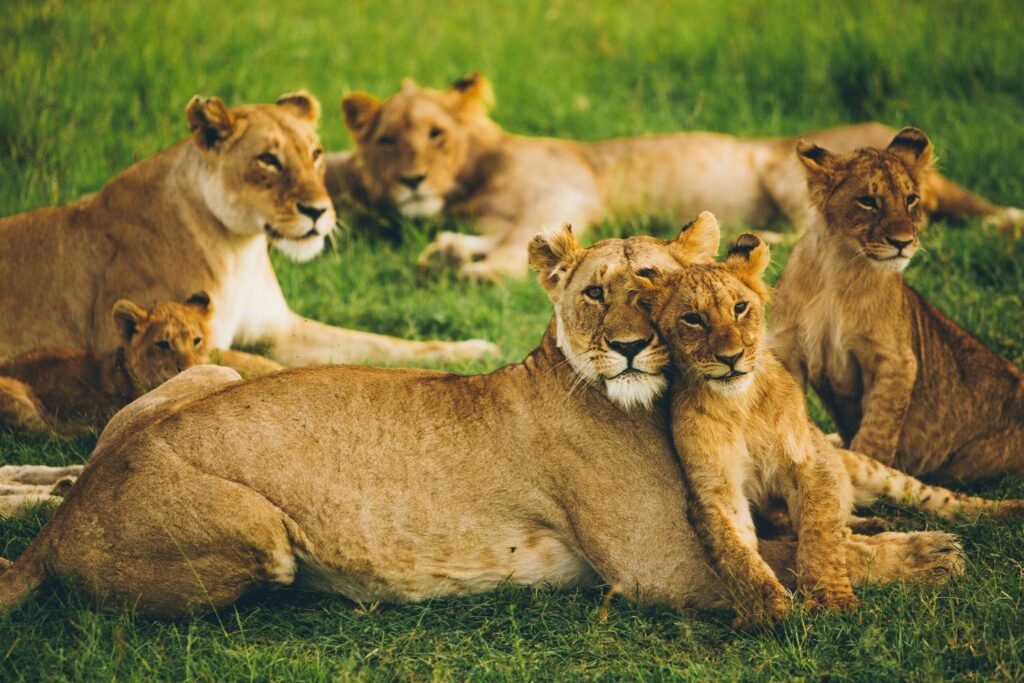
Big cats are under immense pressure from human activity. Habitat destruction from deforestation and agriculture has shrunk their natural ranges, forcing them into smaller, fragmented areas. Poaching for fur, bones, and other body parts further endangers these species, while conflicts with humans often lead to retaliatory killings. These threats have driven many big cat populations to critically low levels.
A Beacon of Hope

Rescue programs play a vital role in saving big cats from extinction. These initiatives work to rehabilitate injured or orphaned cats, provide safe havens, and even reintroduce them into the wild. Organizations like Panthera, Big Cat Rescue, and wildlife sanctuaries worldwide are on the frontlines, ensuring that big cats have a fighting chance to survive and thrive.
Rehabilitating Injured and Orphaned Cats
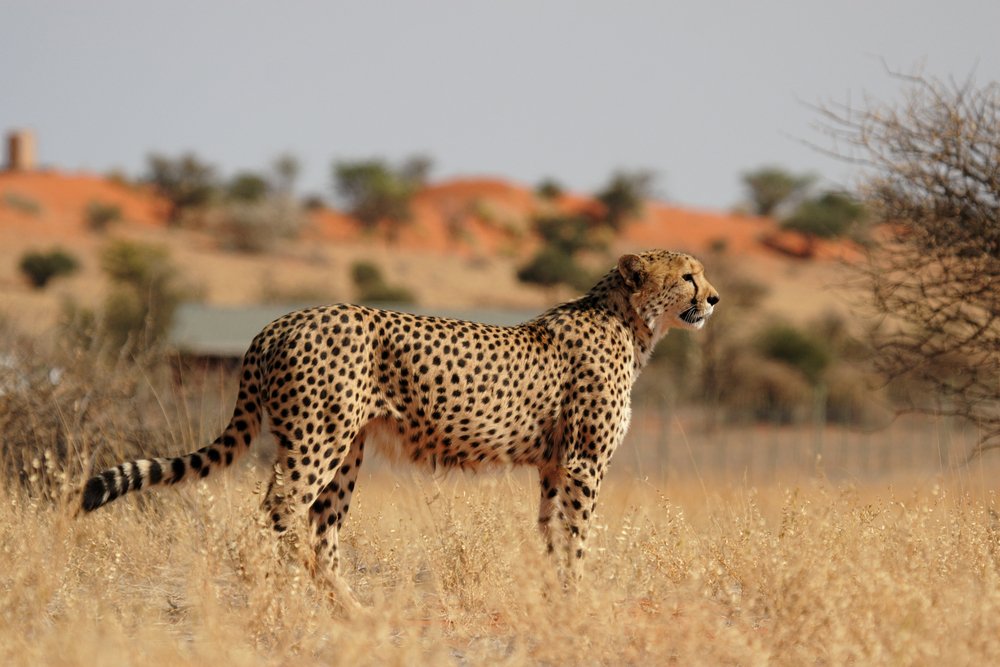
One of the most critical functions of rescue programs is caring for injured or orphaned big cats. Many cubs lose their mothers to poaching or accidents, leaving them vulnerable in the wild. Rescue centers provide these young cats with food, shelter, and medical care. Rehabilitation efforts often include teaching them essential survival skills, preparing them for a potential return to their natural habitats.
Combating Poaching and Illegal Wildlife Trade

Rescue programs also focus on combating the illegal wildlife trade, a significant threat to big cats. By collaborating with law enforcement and conservation groups, these programs help track and dismantle poaching networks. They also raise awareness about the dangers of purchasing products made from endangered species, encouraging global action to reduce demand.
Preserving Habitats Through Conservation

Securing habitats is another essential aspect of big cat rescue efforts. Many organizations work to protect and expand the natural ranges of big cats by establishing wildlife corridors and reserves. These protected areas allow big cats to roam freely, hunt, and breed without the constant threat of human encroachment. Habitat preservation benefits not only big cats but entire ecosystems that depend on their presence.
Raising Awareness and Engaging Communities
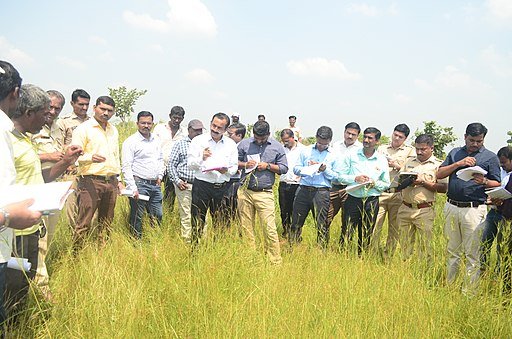
Education and community involvement are key components of rescue programs. By teaching local communities about the importance of big cats in ecosystems, these programs reduce human-wildlife conflicts. Sustainable tourism initiatives also create economic incentives for preserving big cats, turning these predators into valuable assets rather than threats.
The Role of Technology in Big Cat Rescue

Advances in technology are helping rescue programs make a bigger impact. GPS collars, camera traps, and drones allow researchers to monitor big cat populations and movements. These tools provide valuable data, helping conservationists identify threats and implement targeted protection strategies. Technology also aids in anti-poaching efforts, making it easier to detect and deter illegal activities.
Success Stories and Global Impact
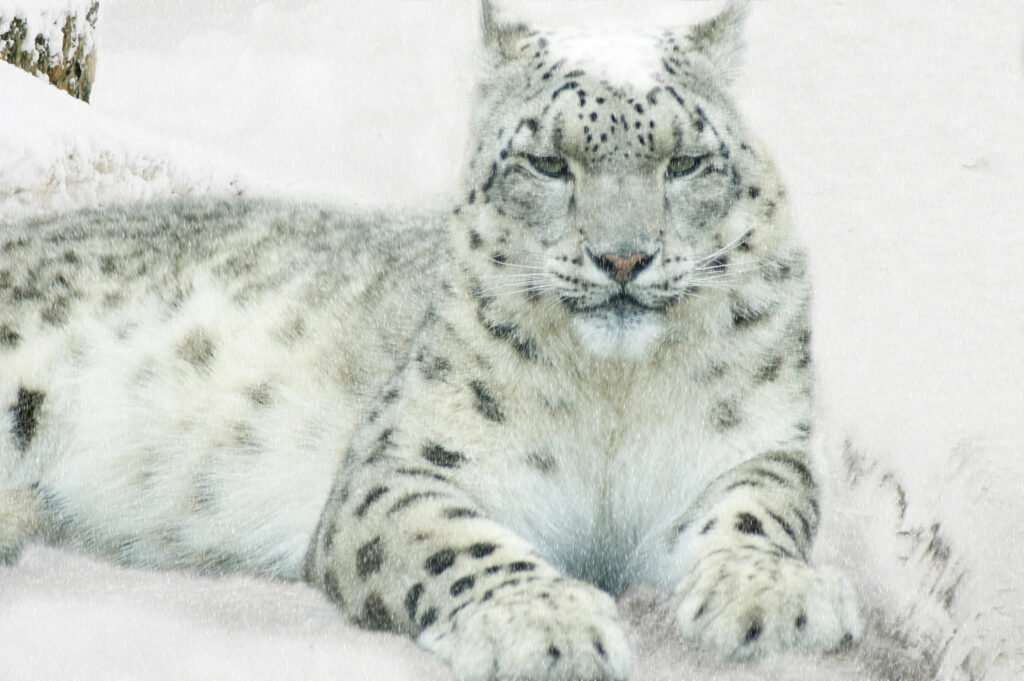
Rescue programs have already achieved remarkable successes. For example, India’s Project Tiger has helped the nation’s tiger population rebound through habitat protection and anti-poaching measures. Similar programs for lions in Africa and snow leopards in Central Asia have also shown positive results. These successes demonstrate the potential of rescue programs to reverse the decline of big cat populations.
The Road Ahead for Big Cats
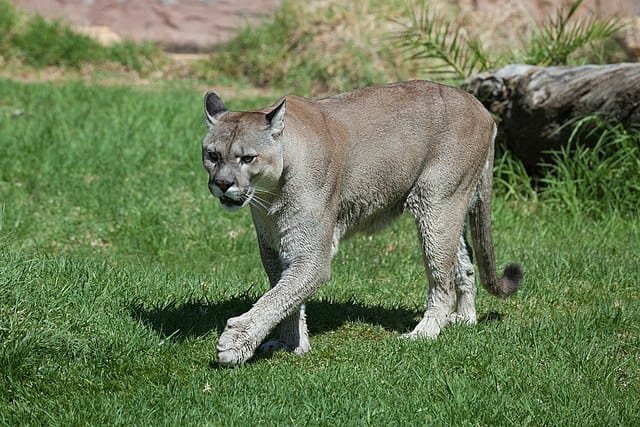
While rescue programs have made significant strides, much work remains to be done. Continued funding, international cooperation, and stricter enforcement of wildlife protection laws are crucial. By supporting these efforts, we can ensure a future where big cats roam freely in the wild, inspiring generations to come.
A Call to Action
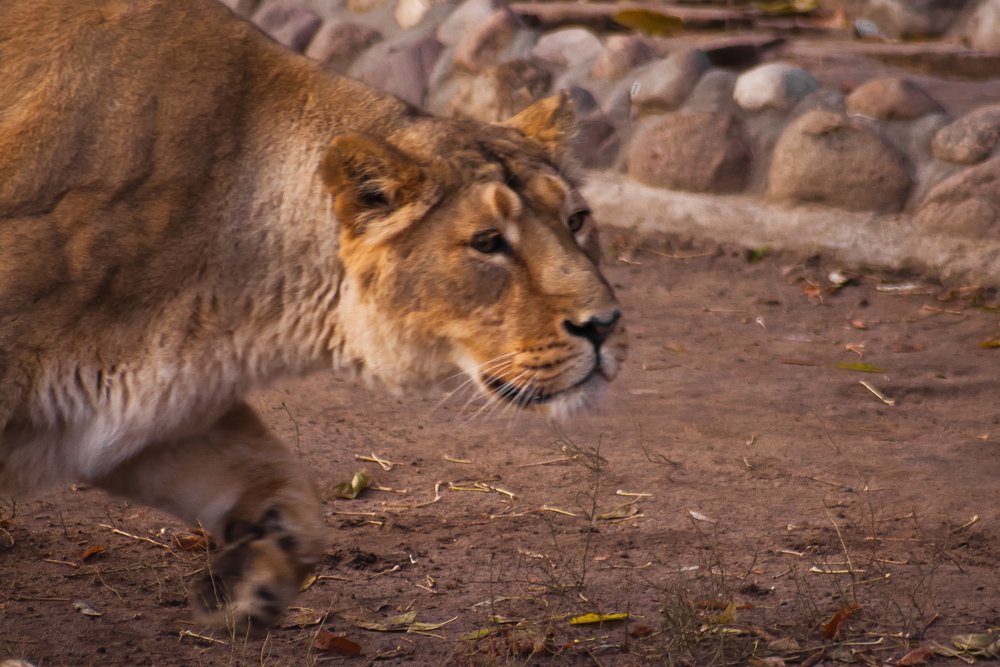
Big cats are more than just symbols of the wild; they play a vital role in maintaining the balance of ecosystems. Rescue programs offer hope, but they need global support to succeed. By advocating for conservation, donating to rescue organizations, and spreading awareness, we can all contribute to saving these magnificent creatures from extinction.

Growing up traveling and experiencing new cultures and wonders, I have had a passion for nature, adventuring, photography, and videography. I am currently working towards a BSc in Biodiversity and Ecology at Stellenbosch University, and I hope to specialise in Marine Sciences one day.
Please send any feedback to Feedback@animalsaroundtheglobe.com






